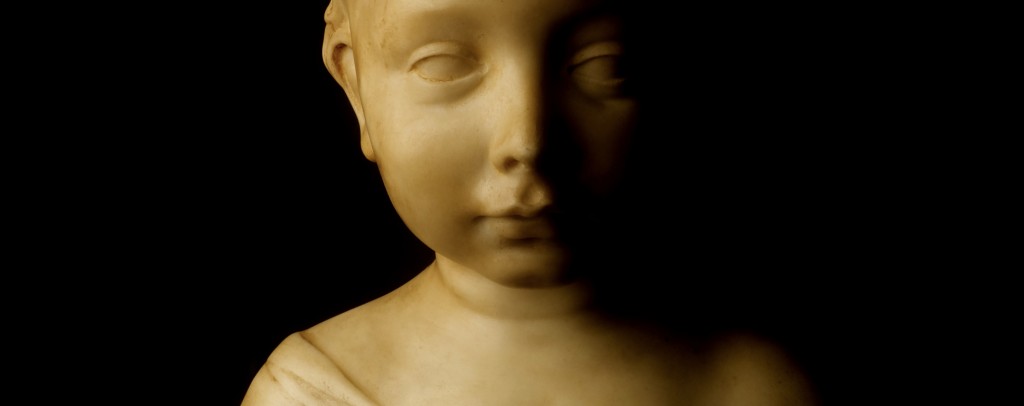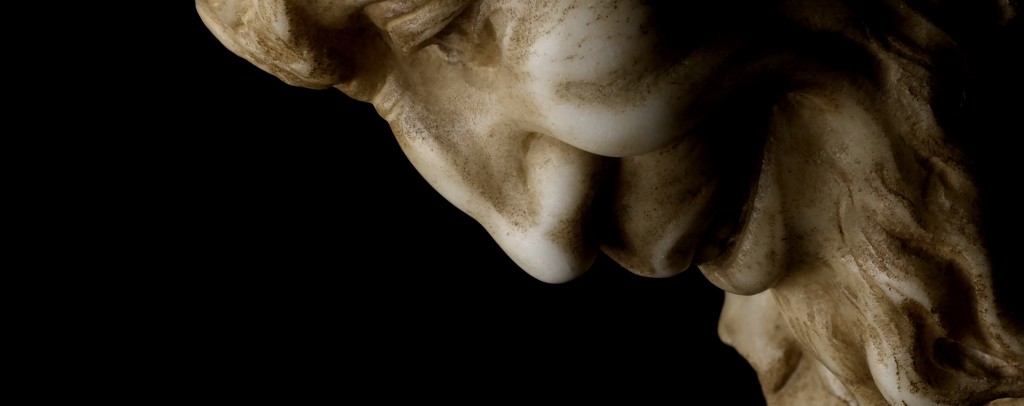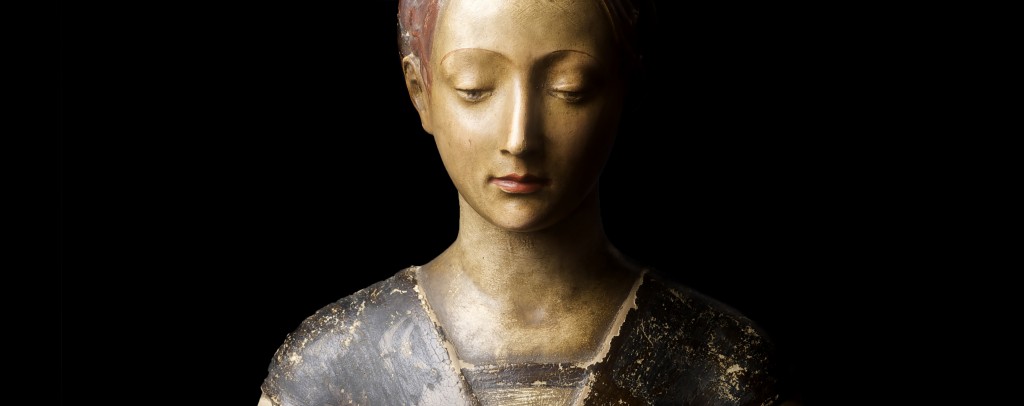A new platform called Artficial wants to do for art, what iTunes did for music. 01, the start-up behind it, contacted me a few months ago to reveal a system that is going to make replicas of priceless artworks available to everyone worldwide through a secure and controlled, yet easily accessible, system based on what Giorgio Gori, the company’s founder, calls “Art DNA”.
Art DNA is basically conceived as the “essence” of an artistic masterpiece. It is obtained through high resolution, accurate 3D scans of artworks from museums and private collections. The company seeks to give new life and value to priceless masterpieces by using new 3D printing technologies to make them available to more individuals than ever before, thorough an easy to use and secure online platform.
Giorgio explained that the project, which is to be officially unveiled next week, is articulated on three main approaches which have been envisioned to have a short term, medium term, and mass reach. The first will consist in the creation of “Cradles of Technology” inside some of the world’s most famous museums and cultural sites. These will allow visitors to obtain 3D printed replicas of the works exhibited in each site.
The medium term and mass market approach are based on an online platform, which will make the Art DNA of the pieces available both through professional 3D printing services and to desktop 3D printers through a controlled and highly secure system, thus ensuring both the quality of the final product and the safety of the artwork’s “essence”.
3D printing is already taking hold worldwide, but the high level content necessary to make it into a truly mass market technology is still hard to come by. 01’s mission is to turn to the masterpieces from humanity’s creative past in order to create more fuel to feed humanity’s hunger for an ever more creative future.





